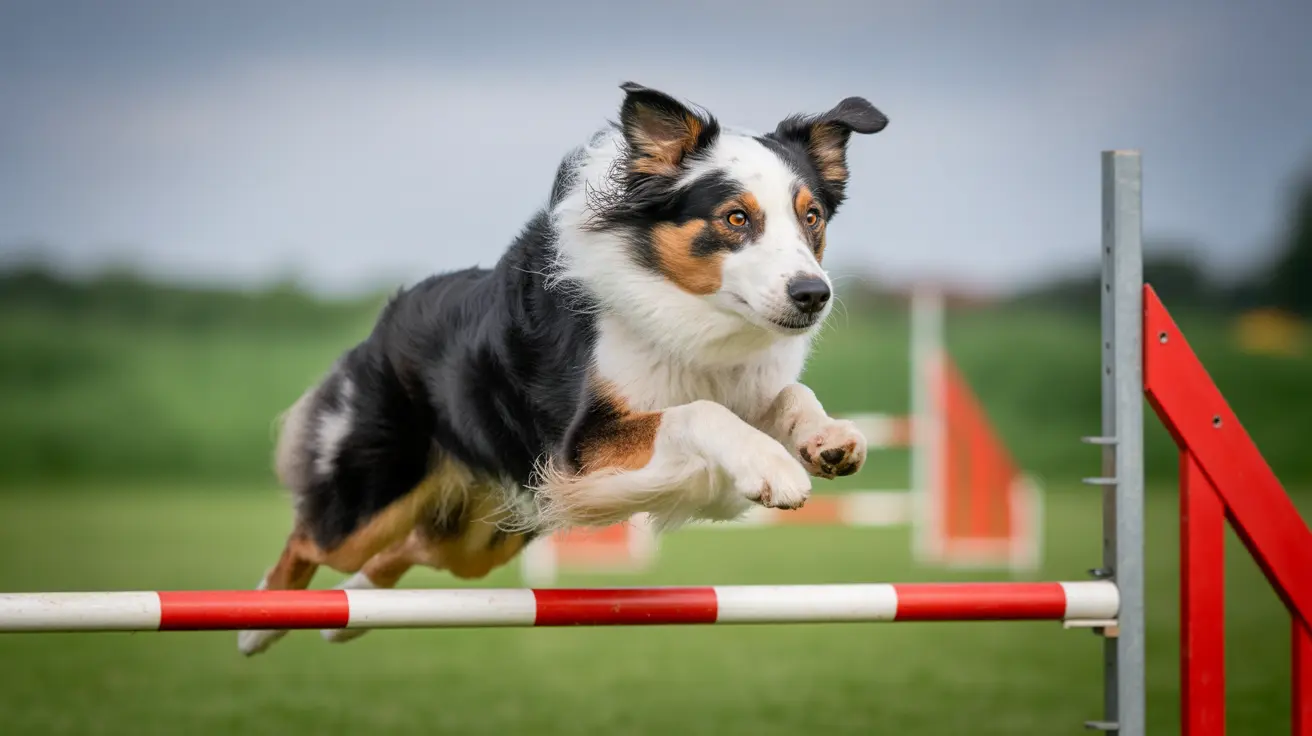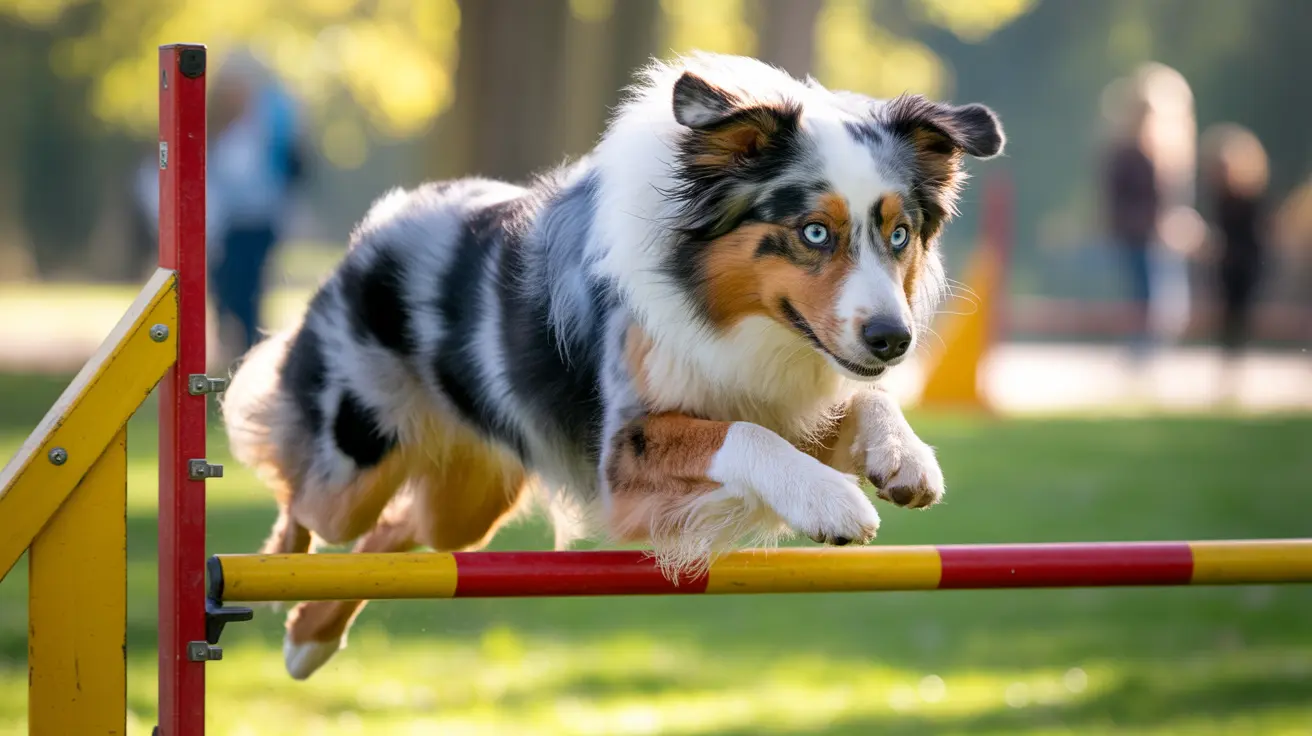Can Dogs Run Through an Invisible Fence? Understanding the Risks and Limitations
Invisible fences, also known as **in-ground or wireless dog fences**, are designed to help pet owners create a boundary for their dogs without the need for a physical, visible barrier. They consist of three primary components: a **radio transmitter**, a **boundary wire or wireless transmitter**, and a **receiver collar** worn by the dog. When training is properly executed, these systems can be effective. However, many dog owners rightfully ask:
Will dogs run through an invisible fence?
How Invisible Fences Work
Wired Systems:
- The transmitter sends a radio signal through a boundary wire.
- This wire is either buried underground or affixed around the perimeter.
- The wire forms a closed loop to create the containment area.
Wireless Systems:
- These systems create a circular boundary using a central transmitter unit.
- No physical wires are used.
- They may be easier to install but less flexible in shape and terrain coverage.
What Happens When a Dog Approaches the Boundary?
- The collar emits a warning beep as the dog nears the edge of the boundary.
- If the dog continues past the warning zone, a mild static correction is delivered.
- The correction level can be adjusted based on the dog’s size and temperament.
Yes, Dogs Might Still Run Through
Despite the deterrents in place,
some dogs will run through an invisible fence. This typically happens in the following scenarios:
1. High Prey Drive:
- Dogs driven by strong instincts to chase may ignore the discomfort of the correction.
- Once they’re outside the boundary, they may hesitate to return because of incoming correction.
2. Insufficient Training:
- If a dog hasn't been properly trained to recognize and respect the boundary, they’re more likely to bolt through.
- Training involves using visual flags, positive reinforcement, and gradual exposure.
3. Equipment Malfunction:
- Dead batteries, broken wires, or transmitter failures can cause breaches in containment.
- Routine maintenance and testing are necessary for ongoing effectiveness.
Training: The Foundation of Success
Effective use of an invisible fence demands a **structured training schedule**. The training process should include:
- Walking the dog along the flagged boundary line on a leash.
- Introducing them to the warning beep and correction safely.
- Using reward-based redirection when they respond appropriately.
- Gradual removal of visual cues (flags) as the dog internalizes the boundary.
Without consistent daily sessions and positive reinforcement, dogs may not reliably respect the containment area.
Limitations and Risks
Invisible fences are not foolproof. Important considerations include:
- Does not deter external threats: Wild animals, stray dogs, or intruders can still enter the area.
- Potential for collar injury: Friction from the collar prongs may irritate or injure the dog’s neck.
- Behavioral issues: Dogs may develop anxiety, fear of the yard, or become reactive if stressed by repeated corrections.
Is an Invisible Fence Right for Your Dog?
Certain dogs may not be suitable candidates for invisible fencing:
- Puppies: Still developing focus and consistency in behavior.
- Fearful or anxious dogs: May become overstressed by the signal or correction.
- Highly motivated breeds: Such as huskies or terriers with strong prey drives.
- Health-compromised dogs: Should be evaluated by a veterinarian first.
Are There Alternatives?
If you're concerned about the reliability of invisible fences, consider:
- Physical fencing: Still the most reliable option for containment and external protection.
- Supervised leash walks: Offers both exercise and direct interaction.
- Exercise pen or long lines: Useful for controlled outdoor activity.
Key Takeaway
Yes, dogs can and do run through invisible fences, especially if training is inadequate, equipment fails, or the dog is highly motivated. While these fences can be an affordable and aesthetic solution for certain properties, they are not without limitations and do not work equally well for every dog. For best results, combine thorough training, safe installation, and regular supervision. When in doubt, consult a professional trainer or veterinarian to determine if this containment method is appropriate for your pet.





